Tucked into the mountains of southern Mexico, Oaxaca pulses with its distinct rhythm. This culturally rich region is where indigenous Zapotec and Mixtec traditions meet colonial elegance, and where flavour, art and ritual blend in ways that linger long after your trip ends.
From mole tastings to mezcal trails, Oaxaca invites you to experience Mexico with all five senses.
Markets made for wandering (and tasting)
Picture/Recetas Nestle
Start your journey in the heart of Oaxaca City, where the city’s two most famous markets — Mercado Benito Juárez and Mercado 20 de Noviembre — buzz with colour, scent and sound. Wander between stalls piled with fresh produce, bundles of herbs, handmade textiles, and sizzling street food. Tlayudas (giant, crispy tortillas loaded with beans, cheese and grilled meat) are a local staple, while adventurous eaters can crunch into seasoned chapulines — toasted grasshoppers, high in protein and centuries deep in tradition. Visit early in the morning to sip a spiced chocolate de agua while watching tamales being unwrapped from their banana-leaf bundles.
Mole: Mexico’s most complex sauce
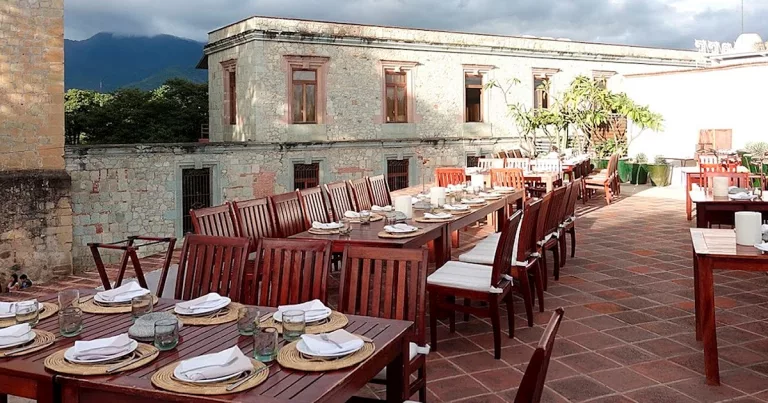
Picture/Taste Atlas
If there’s one flavour that defines Oaxaca, it’s mole — and you’ll find more than just one variety. There are seven classic types, including mole negro (rich with chocolate and dried chiles), mole rojo, and mole amarillo. Each sauce is layered with dozens of ingredients, slow-cooked for hours, and rooted in family recipes passed down over generations.
For an immersive experience, sign up for a cooking class with local chefs or join a guided food tour. Restaurants like Casa Oaxaca and Las Quince Letras offer curated mole tastings that turn a meal into an education.
Mezcal: Smoky, sacred, sipped slowly
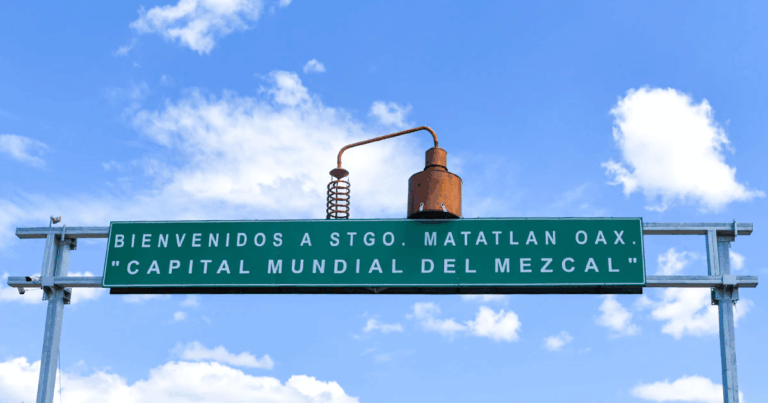
Picture/Mezcal Mitre Premium A
If tequila is the party drink, mezcal is the slow dance. Made from a variety of agave plants — and often roasted in underground pits for that distinctive smoky taste — mezcal is as Oaxacan as the mountains themselves.
Day trips to Santiago Matatlán, the self-proclaimed “World Capital of Mezcal,” offer insight into this centuries-old craft. Many small, family-run distilleries (called palenques) welcome visitors for tastings and tours, where you can watch the agave being roasted, mashed, fermented and distilled using traditional clay stills or copper pots. Mezcal is often sipped neat and never shot — it’s meant to be savoured like fine whisky.
ALSO READ: The world’s most unique Airbnbs
Festivals that light up the city
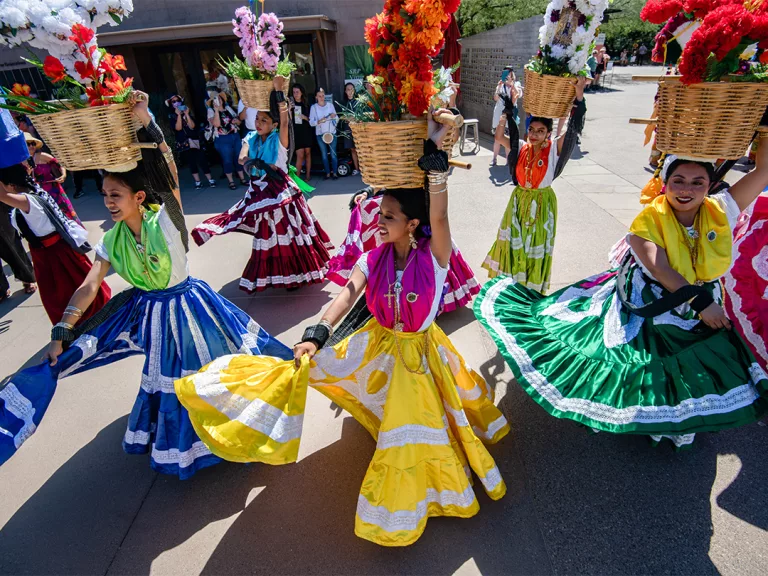
Picture/Desert Botanical Garden
Time your trip around one of Oaxaca’s legendary festivals, and you’ll experience the city at its most vibrant. In July, the Guelaguetza Festival honours indigenous cultures with parades, traditional dances, and regional costumes. Come October or early November, Día de los Muertos (Day of the Dead) turns the city into a sea of marigolds, altars, candles and costumed revelry — a celebration of life as much as death. Oaxaca’s festivals share a communal spirit similar to South Africa’s Heritage Day, but are far more participatory — think processions, dance circles and public feasts.
Artistry woven into everyday life
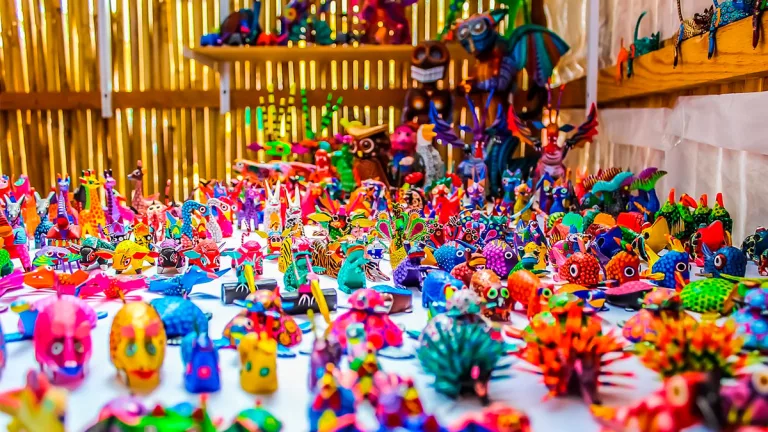
Picture/Escapadas Mexico Desconocido
Oaxaca is also a magnet for art and design lovers. The surrounding villages each specialise in a craft, preserving traditional techniques that are anything but static. In San Martín Tilcajete, brightly painted alebrijes (wooden spirit animals) burst with colour. Teotitlán del Valle is famed for handwoven rugs coloured with natural dyes like indigo and cochineal. And in San Bartolo Coyotepec, artisans shape sleek black pottery using age-old methods.
Many workshops welcome travellers, so you can not only see the process up close but also take home a piece of Oaxaca’s living heritage.
Where to stay
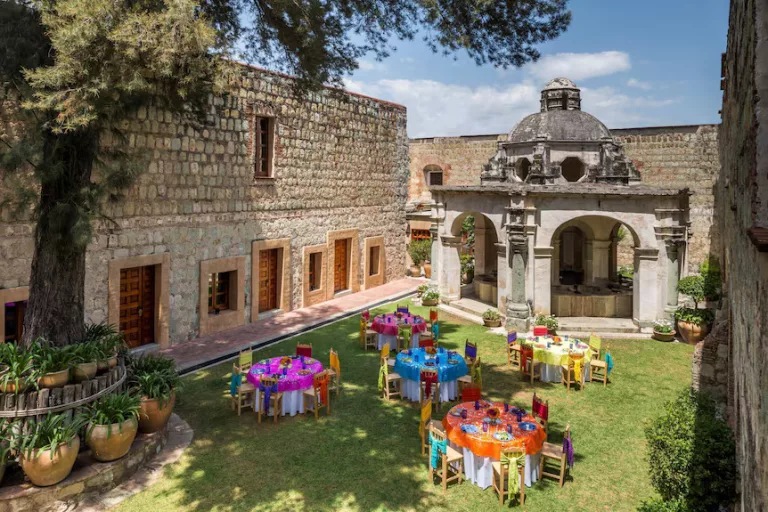
Picture/Quinta Real Oaxaca/Hotel.com
Whether you’re travelling on a backpacker budget or seeking boutique charm, Oaxaca offers accommodation to suit all styles:
- Budget: Casa Angel Hostel – sociable, clean, and popular with solo travellers.
- Mid-range: Hotel con Corazón – a socially responsible hotel that supports local education projects.
- Luxury: Quinta Real Oaxaca – housed in a 16th-century convent, with a cloistered courtyard and old-world charm.
When to go
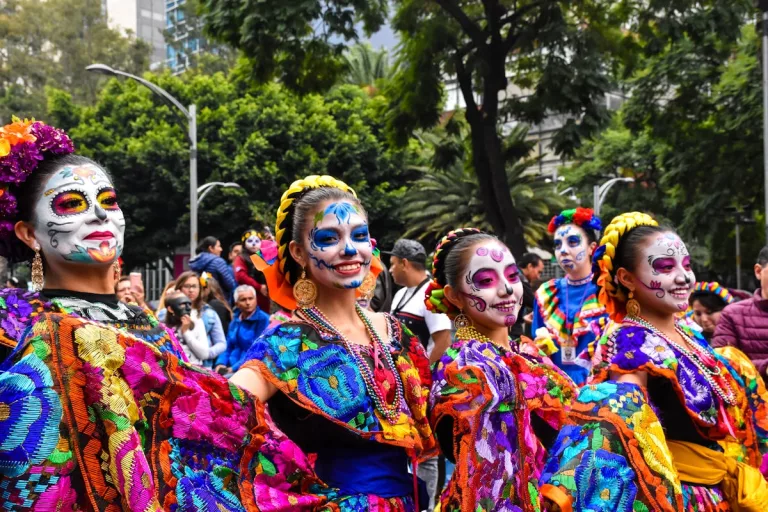
Picture/Lonely Planet
The dry season (November to April) offers the best weather for outdoor exploring and festival hopping. July is ideal for the Guelaguetza Festival, while late October to early November is peak Día de los Muertos season.
Getting there and around
Fly into Oaxaca City via Mexico City or Cancún. Once there, the city centre is walkable and welcoming, but for artisan villages and mezcal country, consider hiring a local guide or renting a car for day trips.
In a country already famous for its food and flair, Oaxaca stands apart — not for being flashy, but for being fiercely, flavourfully itself. Whether you’re clinking glasses of mezcal under a starlit sky or wandering a market piled with handmade chocolate and embroidered blouses, one thing’s certain: Oaxaca doesn’t just feed you. It fills you.
Follow us on social media for more travel news, inspiration, and guides. You can also tag us to be featured.
TikTok | Instagram | Facebook | Twitter
ALSO READ: The best places to visit in the Algarve
The post Oaxaca, Mexico: A culinary and artistic haven appeared first on Getaway Magazine.

